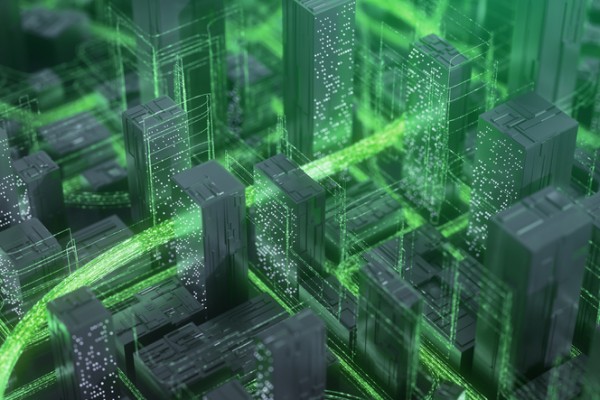Artificial intelligence (AI) is driving one of the most transformative industrial revolutions of our time, with the market projected to surpass $1.3 trillion by 2029. AI is reshaping industries, unlocking new efficiencies and redefining how we live and work, but behind the scenes of these breakthroughs lies a critical enabler: The data centre.
As AI adoption accelerates, so too does the demand on infrastructure. Data centres are evolving rapidly to meet unprecedented requirements for energy, space and sustainability. The good news? We already have the tools to meet these challenges head-on and Schneider Electric is championing sustainable innovation in data centre design.
ADVERTISEMENT
Scaling responsibly
By 2030, 90% of the global population will be online, generating vast volumes of data. In 2025 alone, we expect to produce around 181 zettabytes. To support this, global data centre capacity is projected to reach 255GW, with AI workloads accounting for more than one-third of that demand.
This growth presents a tremendous opportunity to build smarter, more efficient infrastructure. With rack densities climbing past 140kW, and future-ready designs reaching 1MW, data centres must evolve not just in size, but in intelligence and sustainability.
Cooling: A cornerstone of AI infrastructure
Cooling has evolved from a secondary consideration to a strategic imperative. Now accounting for up to 40% of a data centre’s power budget, it has become central to operational efficiency. As AI chips grow hotter and more compact, liquid cooling is emerging as the essential technology to ensure peak performance, reliability and uptime.
Schneider Electric recently added liquid cooling to its data centre solution portfolio with its acquisition of a majority stake in Motivair Corporation, global provider of thermal management technologies for high-performance computing. The partnership introduces technologies such as MW-class Coolant Distribution Units, NVIDIA-certified cold plate systems and closed loop chillers designed to reduce water use, solutions developed with the scale and intensity of AI workloads in mind.
Liquid cooling isn’t a product, it’s a full solution. It’s up to 3,000 times more effective than air cooling, capturing heat directly at the chip level. This enables higher efficiency, greater reliability and the ability to support AI workloads at scale, but to unlock its full potential, organisations need an end-to-end approach from sourcing and installation to integration with power systems and ongoing maintenance.
The benefits are clear: Higher efficiency, greater reliability and the ability to sustain AI at scale. It’s true that deployment can be complex. It requires a true end-to-end approach, covering sourcing, installation, integration with power systems and ongoing maintenance. The real cost lies in not adopting it. Without liquid cooling, organisations face increased downtime, wasted investment and rising emissions.
Building smarter, not just bigger
As AI workloads surge, the challenge isn’t just scaling data centres, it’s doing so sustainably. Liquid cooling plays a pivotal role in this transformation, enabling higher performance while dramatically improving energy efficiency. By capturing heat directly at the chip level, it reduces reliance on traditional cooling methods that consume vast amounts of power and water. Smarter infrastructure means integrating these advanced thermal solutions with modular power systems and facility designs that minimise environmental impact.
Prefabricated, modular data centres further support this shift, offering faster deployment, reduced construction waste and lower embodied carbon. By embedding sustainability into every layer, from cooling to construction, we can build data centres that meet the demands of AI without compromising our climate goals.
A collaborative future
Delivering sustainable, high-performance data centres requires collaboration across the entire ecosystem: Chipset manufacturers, server makers, integrators, consultants and contractors. Together, we can design and deploy solutions that meet the performance and sustainability demands of the future.
AI is reshaping our world and with the right infrastructure, we can ensure it does so responsibly, efficiently and sustainably.
By Schneider Electric vice president IT & data centres – Pacific Zone, Farok Ghadially
-
ADVERTISEMENT
-
ADVERTISEMENT



